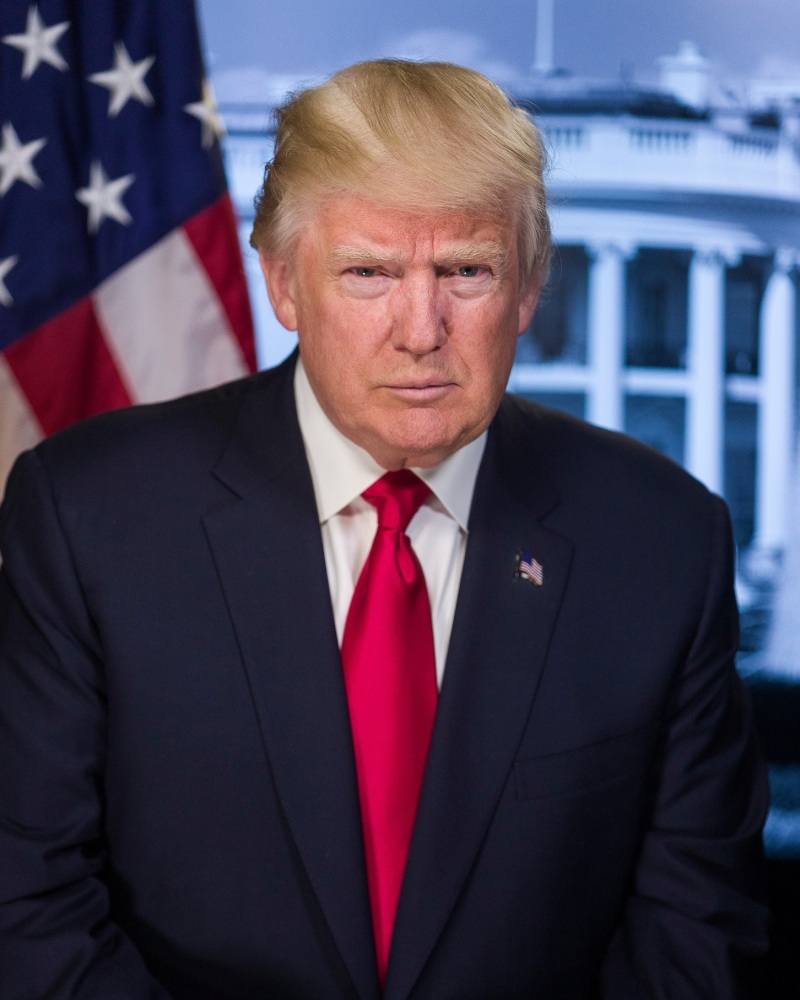
MIT and Harvard genetic engineering scientist Alina Chan has come clean as to why she and several scientists downplayed the Wuhan lab leak theory surrounding the origins of COVID-19 in 2020. The postdoctoral associate at the Broad Institute of MIT and Harvard University is one of 18 scientists who penned a letter calling for a more in-depth investigation into the origins of COVID-19 that would consider both natural animal-to-human transference and the possibility of a virology laboratory accident.
Chan admitted in a conversation with NBC News that scientists were reluctant to back the Wuhan lab leak theory for fear that they would be accused of "supporting racist rhetoric about how the coronavirus emerged." Former President Donald Trump, who pushed for the Wuhan lab leak theory, called COVID-19 "Wuhan virus" to refer to the city where it first came from, or "kung flu," referring to how the virus came from the Chinese.
"At the time, it was scarier to be associated with Trump and to become a tool for racists, so people didn't want to publicly call for an investigation into lab origins," Chan, who co-signed the letter published in the Science journal, admitted. But now that Trump is no longer in office, there has been a political shift as to how the government is considering the possibility that the Wuhan lab leak theory is actually a credible one.
WND reported that in 2020, then President Trump was asked if he had seen "evidence" that gave him a "high degree of confidence" that the Wuhan lab leak theory is indeed true. He answered that he had personally seen evidence and accused the World Health Organization (WHO) of a cover up, calling them the "public relations agency for China."
Similarly, the Washington Post's Glenn Kessler outlined in May a timeline of how the Wuhan lab leak theory slowly gained credence this year. He claimed that the Trump administration's "messaging was often accompanied by anti-Chinese rhetoric that made it easier for skeptics to ignore its claims."
In the former president's defense, Trump used the words "Wuhan virus" to describe COVID-19 because Wuhan is exactly where the virus originated. The ex-POTUS' supporters argued that MERS was literally called that way because it was the Middle East Respiratory Syndrome (MERS) caused by a virus that came from camels in the Middle East. The same goes for the West Nile virus and the Zika virus, named after the places they originated from.
It's also worth noting how a CCP-linked professor called COVID-19 the "2020 CCP Virus" which allegedly allowed China to "defeat" America in a "biological war."
Andrew Bremberg, the former U.S. ambassador to the WHO, admitted that former President Trump's language and push for the Wuhan lab leak caused other governments who could have helped campaign for an investigation into the Wuhan virology lab, decided to distance themselves from the Trump administration instead. But despite their comments against the former Head of State, the evidence pointing to the virus as having come from a laboratory in Wuhan can no longer be ignored.
Nicholas Wade, a former New York Times columnist and editor for the Science and Nature journals conducted a word breakthrough analysis in May, leading him to conclude that there is evidence that the Wuhan lab leak theory is credible. This also adds credence to President Trump's claims and former Secretary of State Mike Pompeo's announcements.
President Joe Biden has also ordered U.S. intelligence groups to bolster its investigation into the Wuhan lab leak theory, after his administration shot down a Trump-era investigation that yielded interesting findings. This also comes after he issued an order banning the use of "China virus" and "Wuhan virus" in federal communications.
Chan's confession comes after reports of mainstream media also admitting that they brushed off the Wuhan lab leak theory and chose to brand it a conspiracy simply because former President Trump and other Republicans are pushing for it.



























